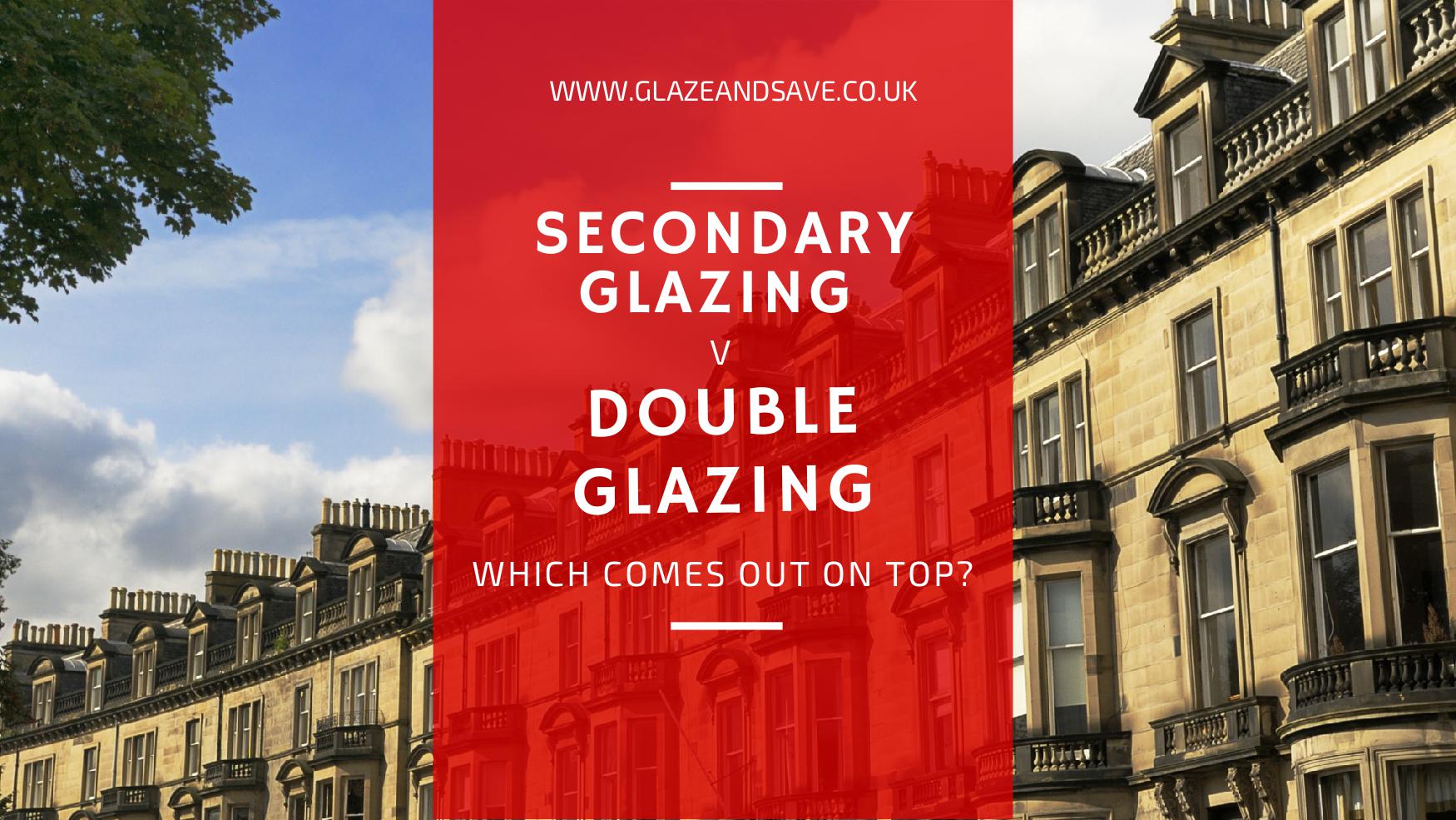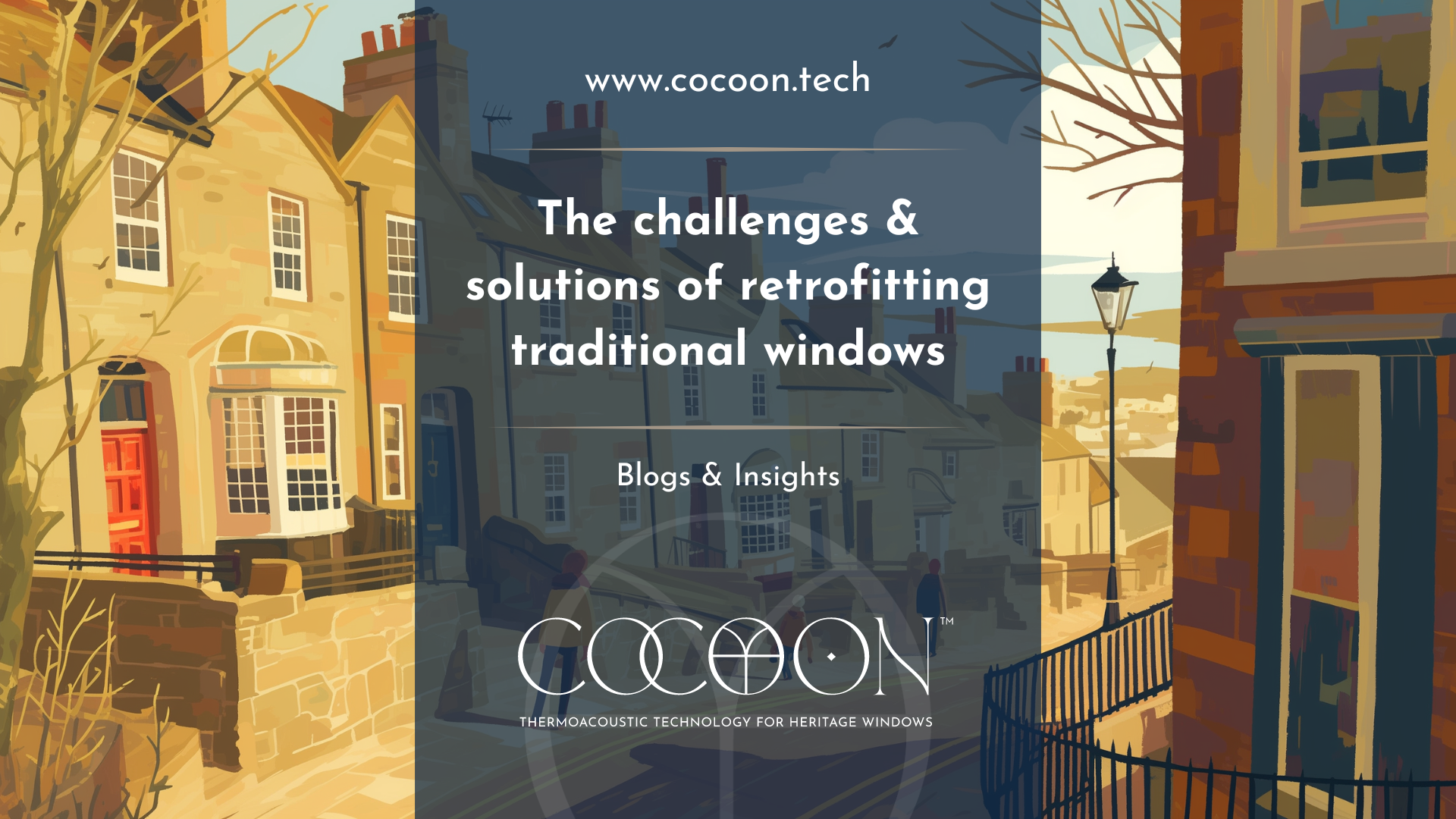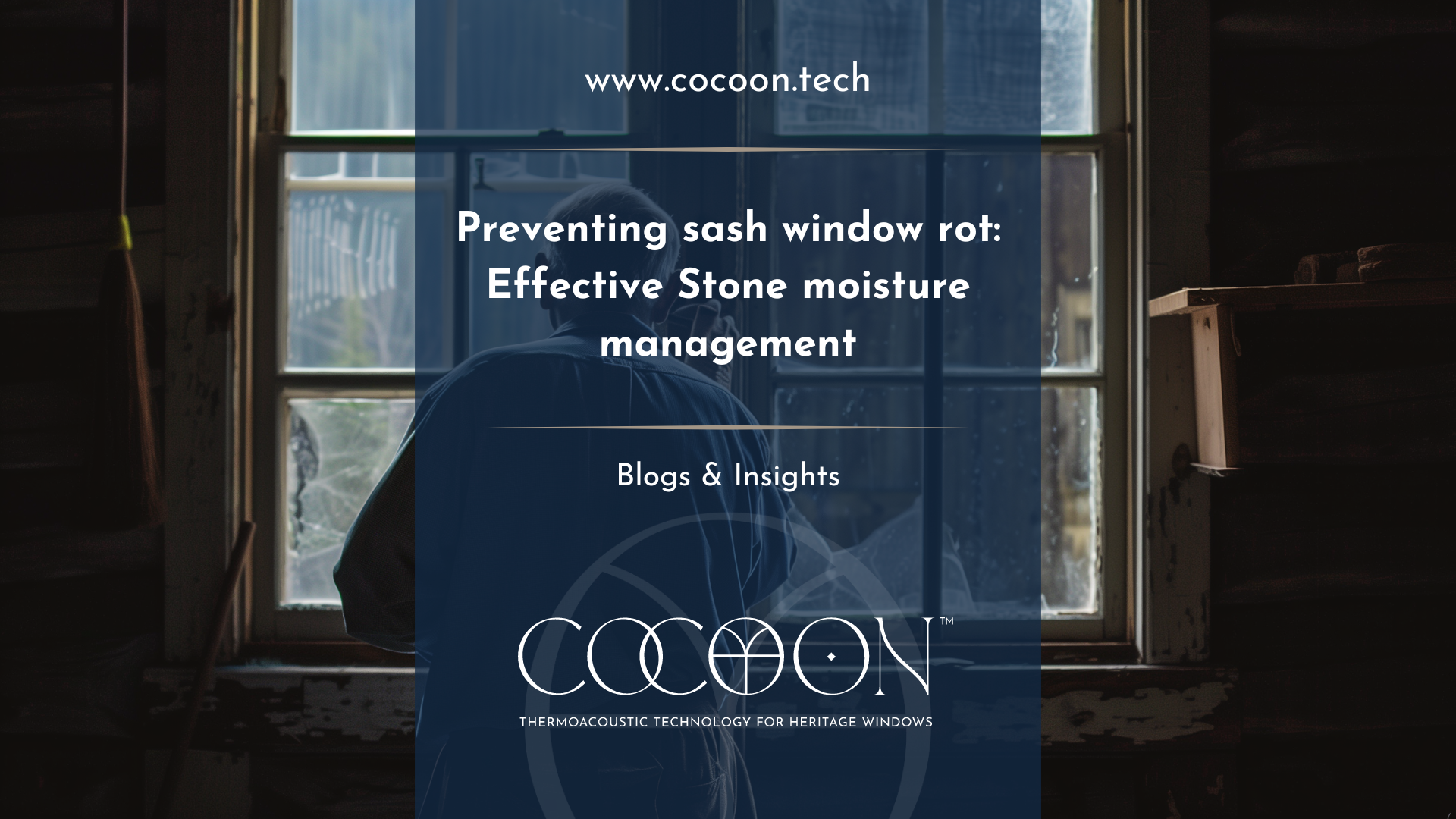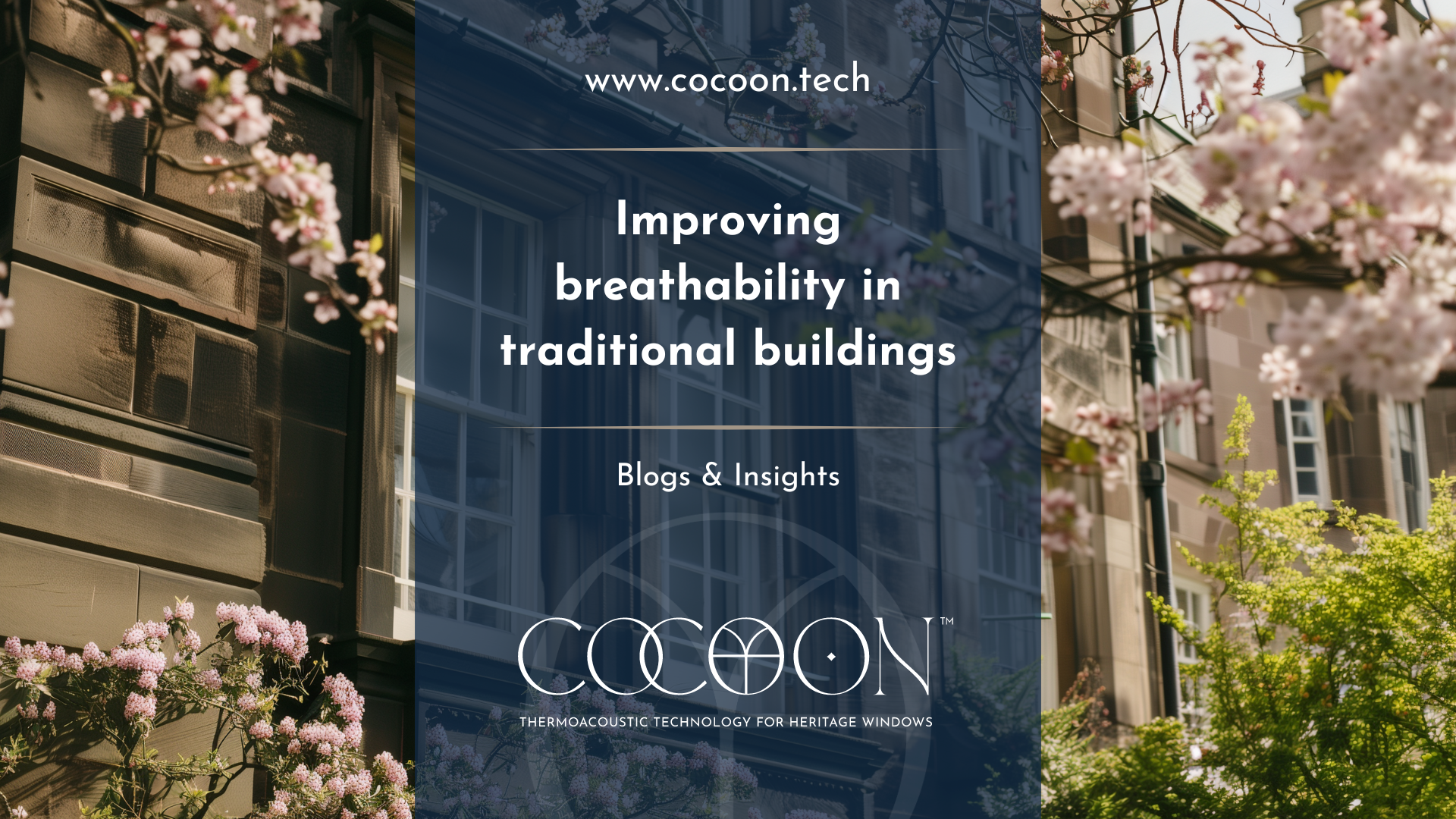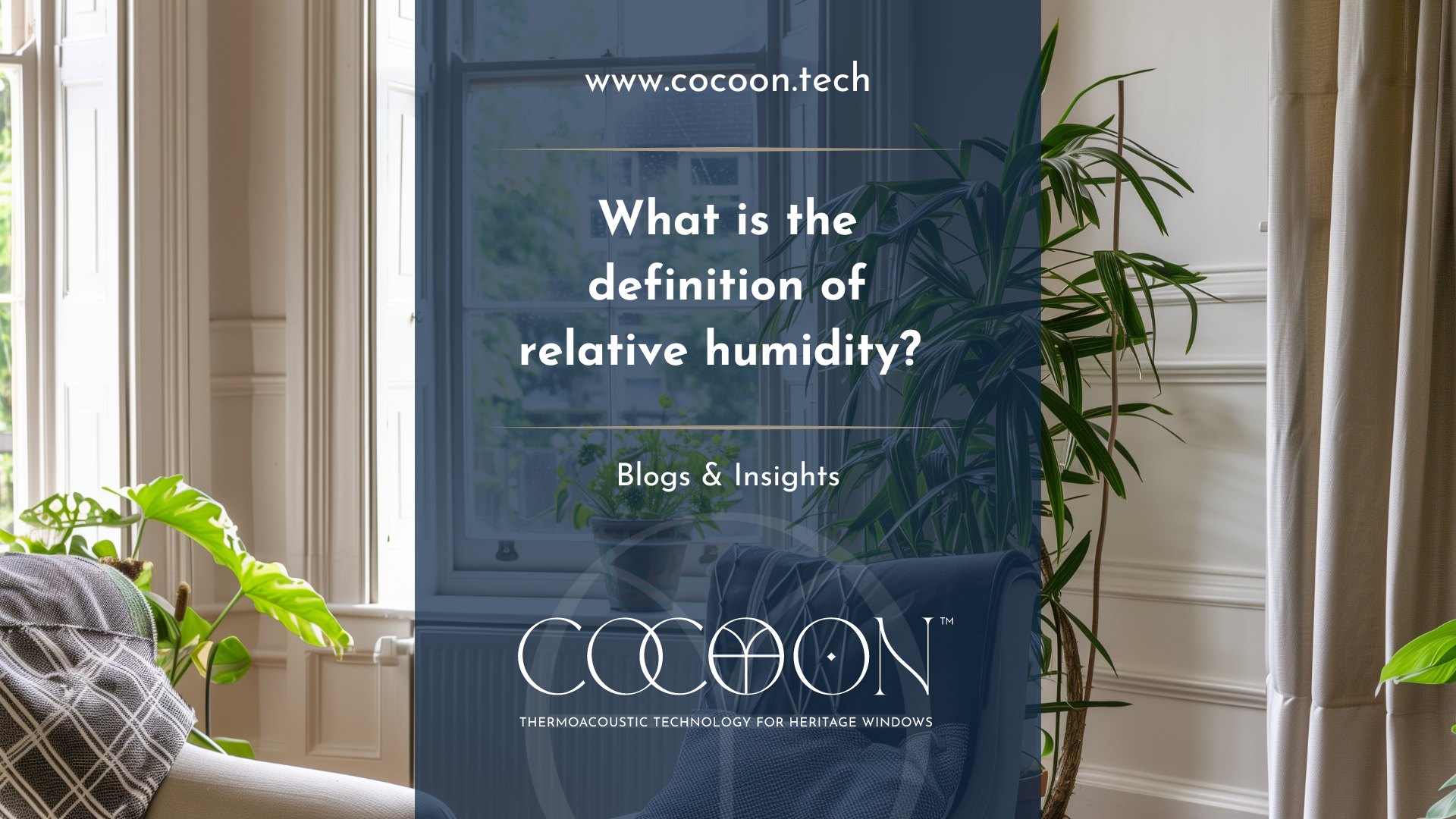Secondary Glazing vs Double Glazing | Glaze & Save
For too long now, double-glazing has been seen as the obvious choice for home and property owners seeking to enhance the thermal efficiency of their windows. However, the “obvious option” has often been expensive, unsightly, and sometimes impossible to install.
Secondary glazing has often been seen as the poor cousin to double glazing, and traditional secondary glazing products, made from bulky, heavy and sometimes unsafe glasss, did little to alleviate this status. With its innovative bespoke magnetic secondary glazing, Glaze & Save have sought to eradicate the image of clumsy, unsightly and inefficient secondary glazing.
Double glazing tends to consist of a sealed glazing unit consisting of two panes of glass separated by an air gap of 10-20mm. The air gap assists with the thermal insulation of the unit, particularly when the glass is coated and the air gap is filled with an inert gas such as argon or krypton.
Double glazing is practically compulsory in new build properties, due to Building Regulations. In historic or period buildings however, double glazing can create an unsightly change which diminishes the original character and charm of the property. Indeed, in many conservation areas and listed properties, double glazing is not permitted on account of the radical change that they entail in the façade of the property.
In order to retain the original features and aesthetic of a period property, the renovation and repair of original windows alongside the addition of secondary glazing is often the preferable method. The original windows are retained, the structural integrity of the property is not put at risk and the original fabric of your period property remains intact.
Not only does secondary glazing provide a solution for hard to treat historic and listed properties, it is often the greener and more environmentally conscious method of increasing the thermal efficiency of your home. Removing original windows (or, indeed, double glazed windows which have failed to stand the test of time as so many often do), and disposing of them in order to install bulky double glazing can use more than three times the material and resources of a secondary glazing system. Not only that, but secondary glazing requires no redecoration, making it overall a greener and more sustainable option.
Many of the benefits of secondary glazing have been overlooked in the rush to overstate the benefits of double glazing. While both provide comparable levels of thermal efficiency, secondary glazing also provides significant draught reduction and exceptional noise reduction: benefits which escape the reach of conventional double glazing.

